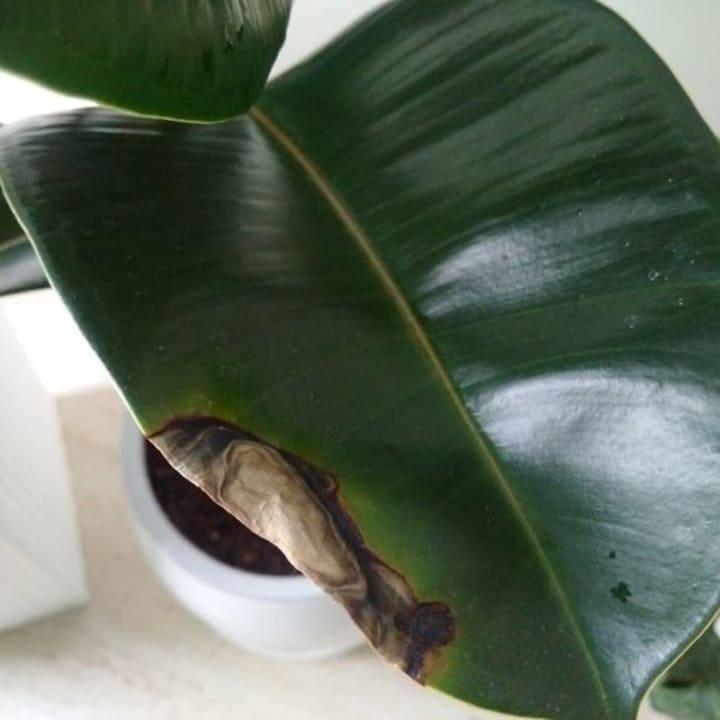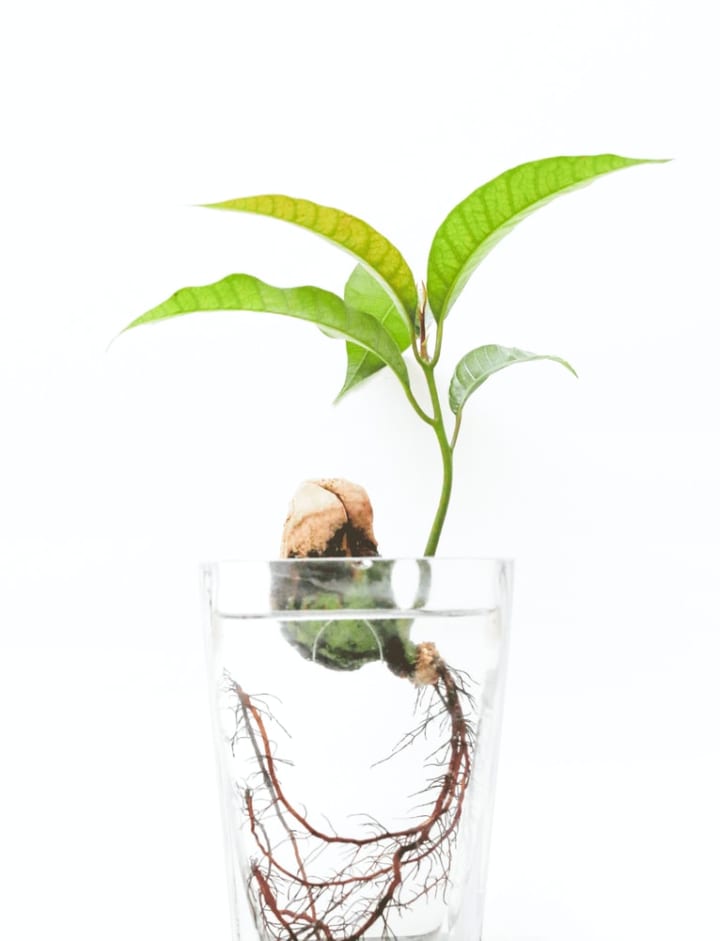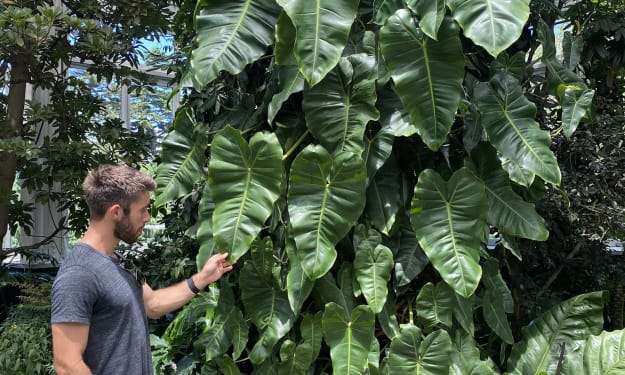The Plants of Summer
It may be hot, but your plants are hotter

It’s finally here… the growing season. The season when our plants rejoice and revel in the shining sun and awaken from their dormant state with renewed purpose and vigor. However, although summer can be a time of tremendous growth and plant prosperity, we need to make changes to our plant ecosystem to keep our plants healthy during the seasonal transition.
Warm weather plant parents can't relate to this as much (I've learned this firsthand living in California) but seasonal plant parents have it rough. In cooler climates, plants are constantly forced to adapt to changing environments, and the fluctuations in temperature and light require plant parents to make quick adjustments to keep their plants alive and well.
Being a plant parent is hard enough during one season, but it is imperative that you observe your environment and make subtle changes to your plant setup and routine. The growing season is already upon us, so before you make your weekend trip to the Hamptons, make sure to follow through with these five tips to set your houseplants up for success this summer.

1. Stay Hydrated
Watering more frequently is the easiest way to support your plants during the growing season. With increased sunlight and heat, coupled with your plants’ growing appetite (think plant puberty appetite), your soil will probably dry out at a much faster pace. However, you still don’t want to overwater, so to keep your plant properly hydrated, make sure to check your soil every couple of days (the chopstick test into the soil is great for this as it also aerates the soil).
2. Apply the Sunblock
Did you know that plants can get sunburned? Your nose isn’t the only thing that fears the UV rays from the summer sun, and some plants will show signs of sunburn on their leaves if they receive too much intense light (see image below).
The reason? Plants open their stomata and release water to keep cool, a process known as transpiration. This is similar to the way humans sweat, but when the water in the stomata evaporates, the leaves can become dry and scorched. If the sunburn still persists, even after you’ve increased the frequency of watering, try moving your sensitive plants a bit farther from the light source. Just a few feet away from a window can make a big difference and give your plant some relief.
*Disclaimer* DO NOT actually apply sunscreen to your plants.

3. Get Outside!
Taking your monstera for a 30 min walk is an excellent way for her to get exercise. I walk my monstera once a week and it keeps her feeling lively and refreshed 😬 ... just kidding. But seriously, if you’re lucky enough to have outdoor space, don’t be afraid to bring your plants outside for the summer. However, if you do decide to let them out of the home, make sure to allow for a gradual adjustment. Don’t just throw your plant out there for the entire day and expect her to thrive. Start with a few hours and build up to a more consistent schedule. This process is known as "hardening off" and is a common practice for edible seedlings that were germinated indoors.
Oh and make sure to check the weather in advance! If it’s going to rain all week, the chances of root rot will definitely spike. It may be annoying, but checking the forecast each day is important if you don’t want your plants to get flooded.
4. Fertilize
To support your plant during this intense growing period make sure to fertilize every couple of weeks (2-4 weeks depending on the plant) to make sure your green friend is getting a healthy dose of nutrients like Nitrogen (N), Phosphorous (P) and Potassium (K). Most general fertilizers will do the job just fine, but I use Super Thrive for fertilizing and propagation and the results have been awesome.

5. AC controls
This is a somewhat divided topic in the plant world but here are the two POVS:
POV 1: Heat It Up
Some plant parents turn their AC off when they aren’t home to try and emulate the hot, humid tropical environments where most of their plants originate. The believe that the closer they can emulate the plant's natural ecosystem, the more likely the plant will be happy. Plus you will save some money on electricity too.
POV 2: Keep It Cool
Although these plants in the wild love the heat, our indoor plants have become fairly domesticated. The plants in the rainforest do not have to deal with volatile temperature changes (oh wait… maybe they do now because of climate change) so why would we create a hot environment one season and a cooler environment the next?
Both POVs make sense to me but I heir on the side of keeping it cool. My friend @apartmentbotanist was the first to turn me on to this and I try to keep my apt a consistent temperature (60° – 70° F) all year long.
So there you have it. Let your plants take advantage of the summer and you will reap the rewards of a lush living room jungle all season long.
About the Creator
Farmer Nick
Nick Cutsumpas
@farmernick on Instagram
Plant Coach + Urban Farmer 🌱 LA | NYC📍
Plants = regenerative stepping stones 🌍






Comments
There are no comments for this story
Be the first to respond and start the conversation.